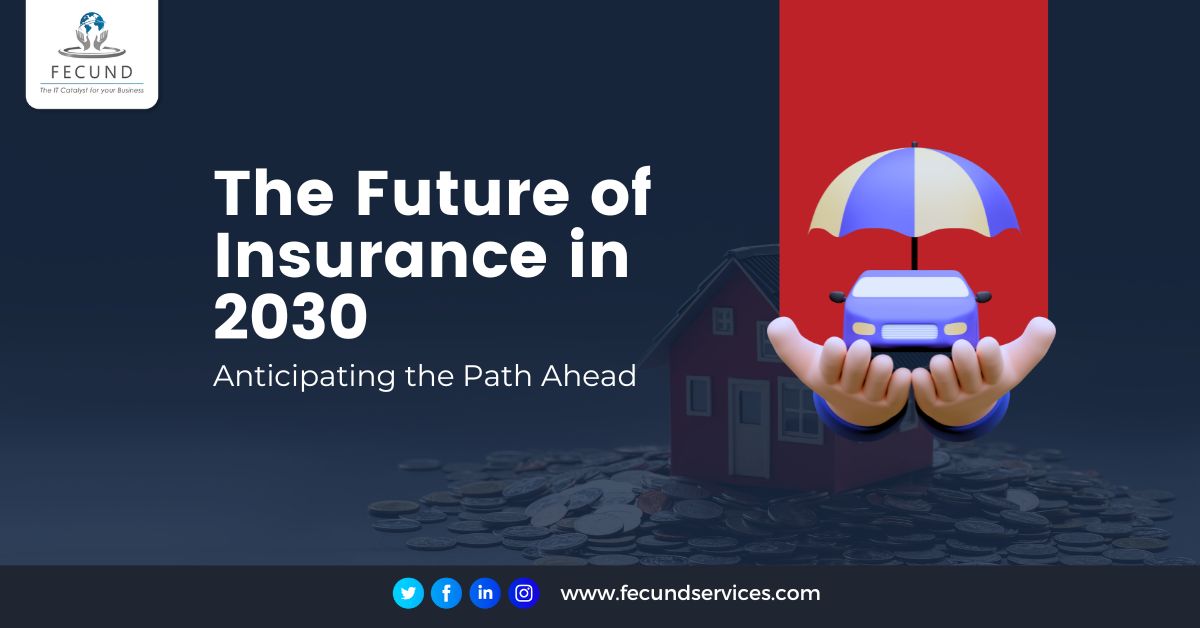
In an era marked by rapid technological advancements and dynamic shifts across various industries, the insurance sector stands poised for a transformative journey into the year 2030. As we peer into the crystal ball of innovation, we are presented with a fascinating tableau of possibilities that are set to reshape the landscape of insurance. In this article, we delve deep into the realms of the future, unraveling the potential scenarios, trends, and challenges that await the insurance industry on the cusp of 2030.
Embracing Insurtech: The Digital Revolution
The dawn of 2030 ushers in an era where technology and insurance intertwine seamlessly. Insurtech, a portmanteau of “insurance” and “technology,” takes center stage as a driving force behind transformative change. From AI-powered underwriting and claims processing to blockchain-enabled smart contracts, the industry is poised to achieve unprecedented levels of efficiency and transparency.
Personalization: Tailoring Policies for Individuals
Gone are the days of one-size-fits-all insurance policies. The insurance landscape of 2030 is characterized by a remarkable degree of personalization. With the advent of big data and advanced analytics, insurers can glean intricate insights into individual behaviours, preferences, and risk profiles. This paves the way for crafting tailor-made insurance solutions that cater precisely to each customer’s unique needs.
Climate Resilience: Navigating Environmental Challenges
As climate change looms large, the insurance industry finds itself at the forefront of climate resilience. With an upswing in natural disasters and environmental uncertainties, insurers are reevaluating risk assessment models. In 2030, we witness a surge in parametric insurance, where payouts are triggered not by traditional claims processes, but by predefined environmental conditions. This innovative approach ensures faster relief for affected policyholders.
Rise of Peer-to-Peer Insurance Networks
The future of insurance is rooted in collaboration. Peer-to-peer (P2P) insurance networks emerge as a disruptive force, challenging conventional insurance models. In these networks, individuals come together and pool resources to provide coverage for each other. This not only fosters a sense of community but also eliminates the layers of intermediaries, leading to reduced costs and increased transparency.
Augmented Reality in Claims Processing
2030 marks the integration of augmented reality (AR) into the insurance claims process. Policyholders can now use their smartphones or AR glasses to capture and submit real-time evidence of damages. This streamlines the claims processing journey, expediting settlements, and enhancing customer satisfaction. AR also finds its place in risk assessment, enabling insurers to assess property and assets remotely.
The Ethics of AI and Data Privacy
While technology propels the insurance industry forward, it also raises pertinent ethical and privacy concerns. The deployment of artificial intelligence (AI) algorithms for decision-making prompts discussions around transparency and fairness. Striking a balance between data-driven insights and ethical considerations becomes paramount. As such, insurers in 2030 prioritize robust data protection measures and uphold the sanctity of customer privacy.
Regulation and Compliance in the Digital Era
As the insurance sector transforms, regulatory frameworks evolve in tandem. The year 2030 witnesses a harmonization of regulations that accommodate digital innovation while safeguarding consumer rights. Regtech, a subset of fintech, gains prominence as insurers harness technology to navigate compliance challenges seamlessly. Automated reporting, risk assessment, and fraud detection become integral facets of the regulatory landscape.
Challenges on the Horizon
Amid the promising vistas of the future, the insurance industry of 2030 also grapples with its fair share of challenges. Cybersecurity emerges as a top concern, as the digitalization of operations exposes insurers to cyber threats and data breaches. Additionally, striking the right balance between automation and maintaining the human touch in customer interactions remains a nuanced challenge.
Conclusion: Navigating the Insurance Landscape of Tomorrow
In conclusion, the insurance industry stands on the precipice of a remarkable transformation as it hurtles toward 2030. The convergence of technology, personalization, and ethical considerations promises an industry that is more efficient, customer-centric, and responsive to the changing times. As insurers embrace insurtech, harness data insights, and navigate evolving regulations, they are poised to build a resilient future that safeguards individuals, businesses, and communities.
 Author Bio: Abhishek Peter is an Assistant Manager – Digital Marketing at FECUND Software Services. With a Master’s degree in Marketing and various certifications in the field, he is highly skilled and passionate about solving complex problems through innovative marketing solutions. Abhishek is an avid reader and loves to explore new technologies. He shares his expertise through his blog, which provides insights into the world of marketing, technology and more. LinkedIn Profile
Author Bio: Abhishek Peter is an Assistant Manager – Digital Marketing at FECUND Software Services. With a Master’s degree in Marketing and various certifications in the field, he is highly skilled and passionate about solving complex problems through innovative marketing solutions. Abhishek is an avid reader and loves to explore new technologies. He shares his expertise through his blog, which provides insights into the world of marketing, technology and more. LinkedIn Profile




Post a comment